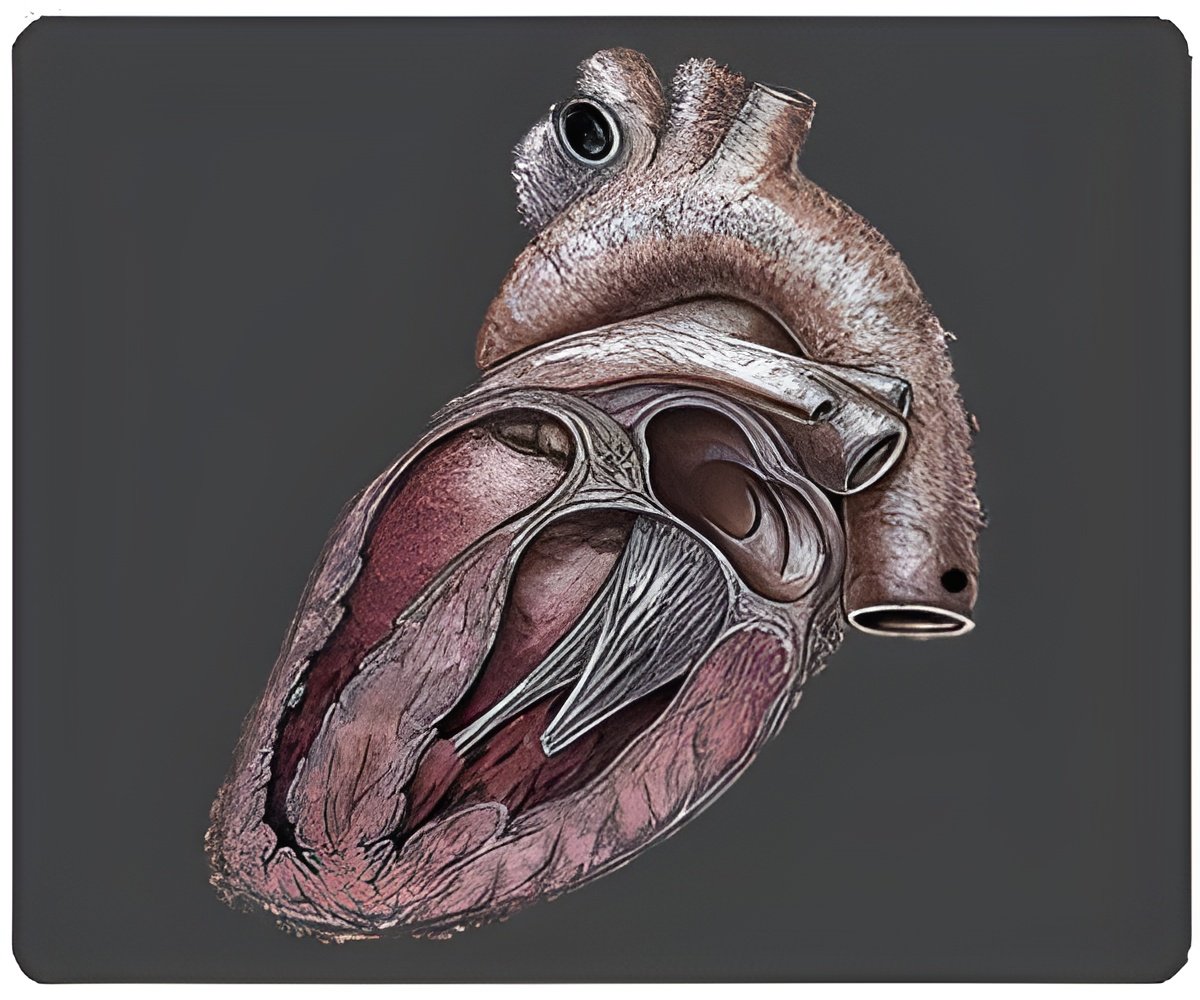Treatment of choice for end stage heart failure is termed by cardiac transplantation.

As the result of recent improvements in technology for genetic modification of pigs, genes that are immunogenic for humans have been eliminated (‘knocked out") and several human genes have been added to the pig genome. Grafts from these genetically engineered (GE) pigs are less likely to be seen as foreign, thus reducing the immune reaction against them. These modifications should also allow transplants utilizing lower amounts of toxic immunosuppressive drugs.
"These recent scientific developments in the field of genetic engineering, along with the generation of novel target specific immune suppression, and their favorable impact on organ and cellular transplantation, may instill a new ray of hope for thousands of patients waiting for human donor organs," comments Dr. Mohiuddin.
The NHLBI group was fortunate to have access to GE pigs through close collaboration with Revivicor, Inc. Experiments using these GE pig hearts, transplanted in the abdomen of baboons along with their native hearts, were designed to study the usefulness of these GE pigs along with several new target-specific immunosuppressive agents in prolonging the graft survival. Through the combination of a pig heart with certain gene modifications, with drugs suppressing both T and B cell immune responses, investigators were able to prolong the graft survival in baboons to over one year. This unique achievement by the NIH laboratory is twice as long as previously reported.
The long-term surviving grafts exhibit normal histology (cellular architecture) and contractility. The researchers'' next step is to use hearts from the same GE pigs with the same immunosuppression utilized in the current experiments to test their ability to provide full life support by replacing the original baboon heart.
"Based on the data from long-term surviving grafts, we are hopeful that we will be able to repeat our results in the life-supporting model. If successful, this method could change the current transplant paradigm, eliminating the shortage of donor organs including hearts, livers, kidneys, intestine, as well as insulin producing cells for treatment of diabetes," concludes Dr. Mohiuddin. He is presenting the results of this research at the 94th AATS Annual Meeting in Toronto, ON, Canada on April 28, 2014.
Advertisement
Source-Newswise









